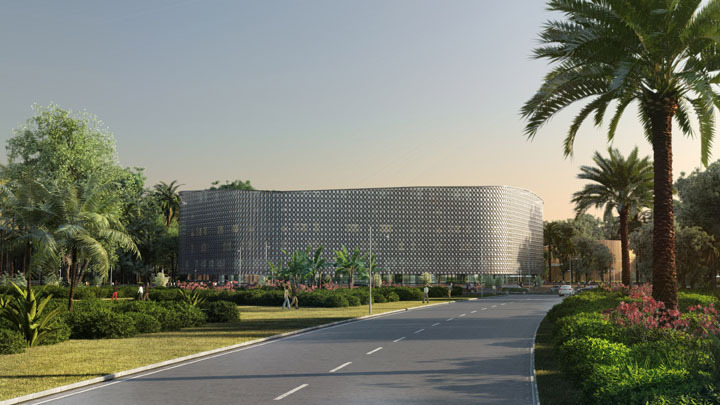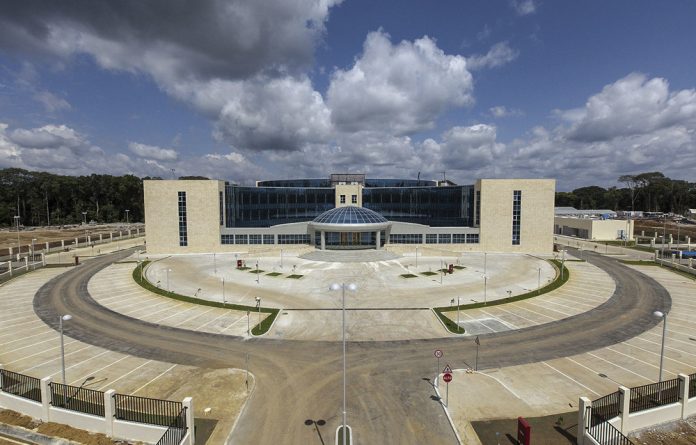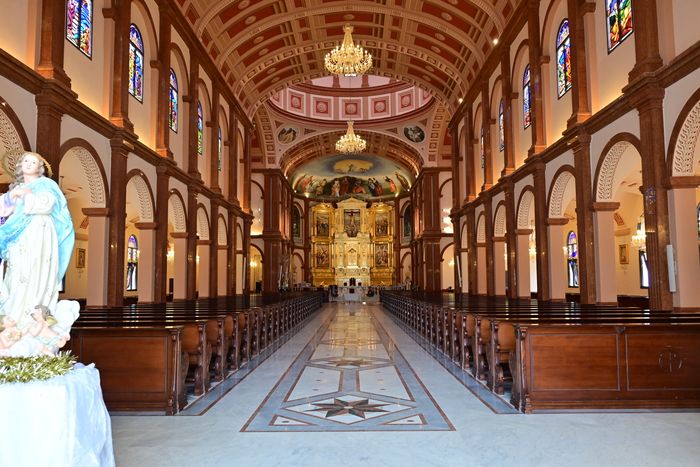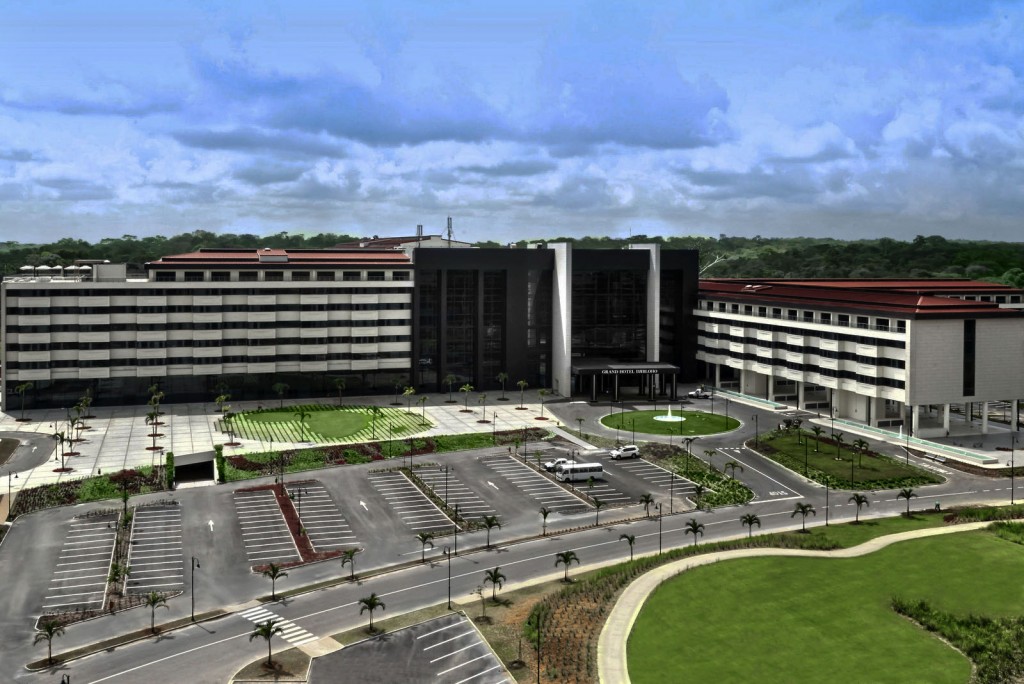The Central African’s controversial city, Ciudad de la Paz, promises to offer a lesson you never thought you needed and beautiful views almost free of a large human population.
In 2012, Teodoro Obiang Nguema Mbasogo, president of Equatorial Guinea, officially announced that he was moving the seat of government from Malabo to Oyala in the city of Djibloho. He renamed the city Ciudad de la Paz, a Spanish phrase that means City of Peace.

Ciudad de la Paz was conceived to be one of the top cities in the whole of Africa. Designed by Portuguese firm, Future Architecture Thinking (FAT), the city occupies an area of approximately 8,150 hectares and is divided into four main axes that are meant to feature modern architecture and urban infrastructure.
The main one, dubbed the ‘Axis of Urban Life’, will cover a distance of 3.6 kilometres and will end in the Administrative Area of the Capital. The zone was meant to include the Presidential Palace, the Parliament, the Supreme Court of Justice, among other government buildings.
The second urban corridor, named ‘Natural Axis’, is located parallel to the river Wele and was designed to house various recreational and cultural spaces for the population. Artificial lagoons on floodplains and urban forests with native vegetation also featured in the proposal. Finally, in terms of housing, the project includes three types of housing, which will be located around urban activity zones in order to create diverse and multifunctional districts.

Today, Ciudad de la Paz boasts of gleaming office buildings, high-end apartments, a shopping centre and cinemas as well as the Afro-American University of Central Africa. There is also the Grand Hotel Djibloho, a $400 million, Italian-built complex consisting of over 400 rooms, a nightclub, an Italian restaurant, a fully equipped gym plus 50 luxury villas, each of which sits on a 7,100sq foot space and has four bedrooms, two living rooms, an office, staff quarters and a dining room.
Yet, in spite of these, the city remains largely unoccupied, with more than half of the structures laying incomplete and filled with echoes whispering failed dreams and broken promises.
It is indeed the city of peace, even though this current peace it enjoys is as haunting as it is forced, precipitated by the oil price crash of 2014.
If you’re wondering how this could possibly be a luxury destination of interest, you should look no further than the Grand Hotel Djibloho which is currently operated by London-based Luxury Hotel Management Ltd. Speaking with the Wall Street Journal, General Manager Vincenzo Presti explains that at daily staff meetings, he has his team pretend they’re operating a hotel in Madrid, New York or some other major city to keep their morale up.

He ensures that the breakfast buffet is loaded with croissants and fresh fruit. There’s also a spa, a convention centre and a fertility clinic run by a Spanish doctor. The golf greens are trimmed. The rooms, including a presidential suite that Mr Obiang has never slept in, are cleaned daily.
And yes, we know that sleeping in a well-maintained luxury hotel is not all your vacation is about. This is why touring the city that might have been should be top on your list of activities to indulge in while you’re there. You can also visit the scaled-back version of the Vatican’s St. Peter’s Basilica built by the president in his own hometown Mongomo, as well as the Malabo National Park. And while you’re there, a walk through the capital city of Malabo will bring you face-to-face colonial architecture and other local delights.

And when you return to your room at the Grand Hotel Djibloho, it would be in near-absolute silence in a city that remains devoid of a large human population. It could be better, but really, is this not the bare essentials of a luxury vacation?
